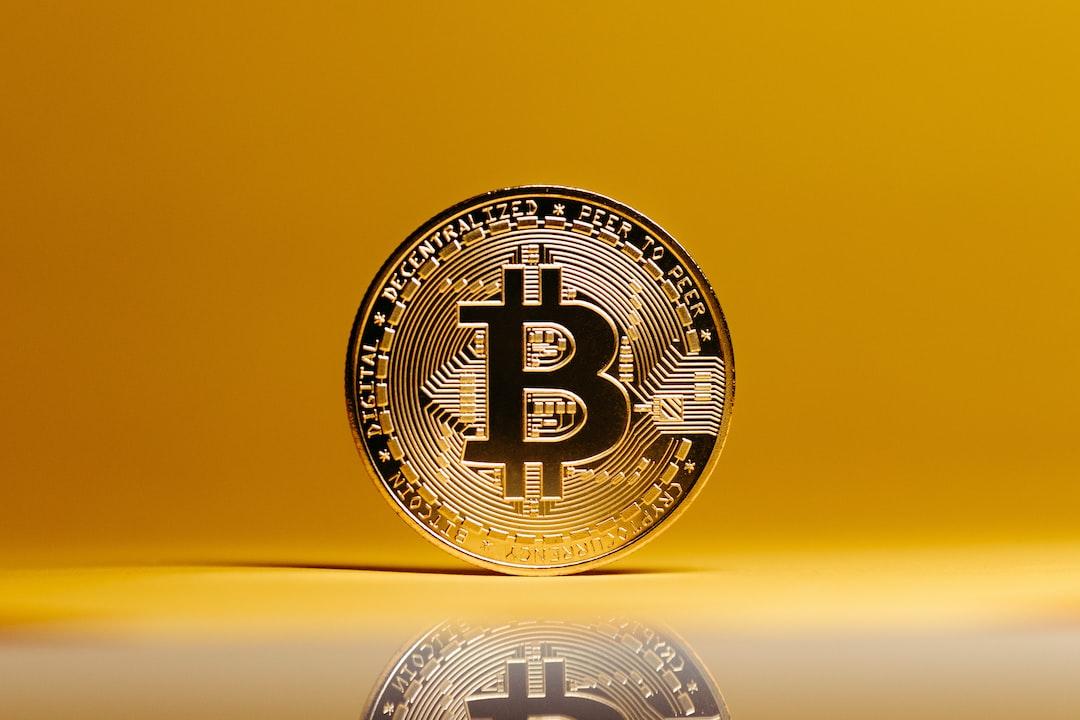The Russian government has made the decision to transfer and sell confiscated Bitcoin (BTC) amounting to 94,744 to the treasury. This move appears to have been inspired by practices in the United States. Recently, a court ruled that Bitcoin valued at 1 billion rubles (approximately $9.79 million) would be transferred to the state treasury. The confiscated BTC is associated with Marat Tambiev, a former researcher who was accused of bribery.
The case of Marat Tambiev is considered one of the largest bribery scandals in Russian history. Tambiev admitted his guilt in 2023 and was sentenced to 16 years in prison. The court revealed that Tambiev received nearly $10 million in Bitcoin as a bribe from the infamous hacker group, Infraud Organization. This amount is recorded as the largest cryptocurrency bribe ever acquired in Russia.
According to the TASS news agency, Tambiev accepted bribes in exchange for closing criminal cases against Infraud members and hiding cryptocurrency worth 14 billion rubles ($13.6 million). The seized BTC from December 2024 is currently stored in a Ledger hardware wallet. Authorities have stated that Tambiev used this money to halt investigations into criminal organizations.
Russia is preparing to sell the Bitcoin that has been transferred from Tambiev’s hardware wallet to the treasury. A total of 1,032 BTC (approximately 1 billion rubles or $10 million) is planned to be sold. This decision follows the recent move by the United States to sell $6.9 billion worth of Bitcoin connected to the Silk Road case.
Sales of this nature in the cryptocurrency market generally raise concerns about increased volatility. However, experts predict that the market will easily absorb these sales. Russia’s decision to sell Bitcoin is being closely monitored in terms of international cryptocurrency policies. This development indicates that Russia is continuing its process of integrating cryptocurrencies into state finances. Furthermore, it signifies a period in which governments are evaluating cryptocurrencies as financial resources.

